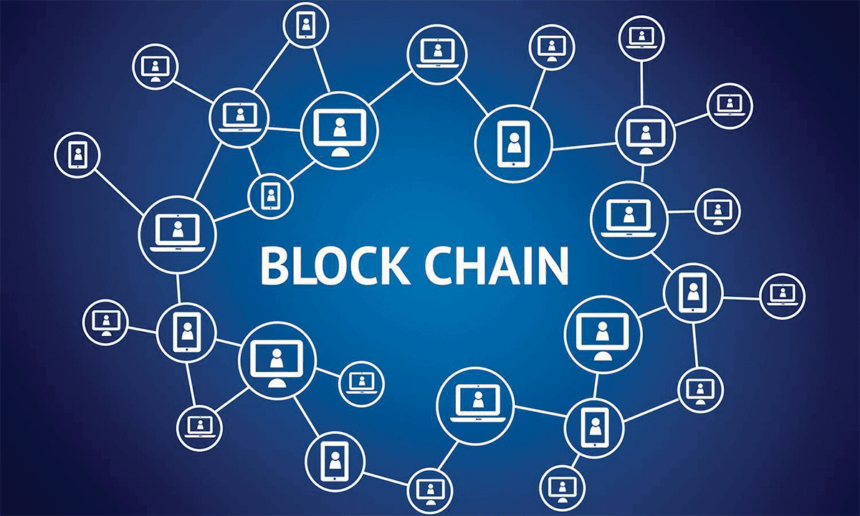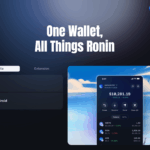In this post, I will talk about the Top Blockchains That Will Support NFTs in 2025. Choosing the right blockchain for NFTs is critical as their popularity surges within art, gaming, and digital collectibles.
I’ll highlight best performing networks such as Ethereum, Solana, Polygon, and others concentrating on their speed, cost, security and overall ecosystem on offer for NFT creators and users.
What is Blockchains ?
A blockchain is considered a new yet revolutionary technology that has the capability of recording data, transactions, information in a distributed way across multiple regions simultaneously and safely.
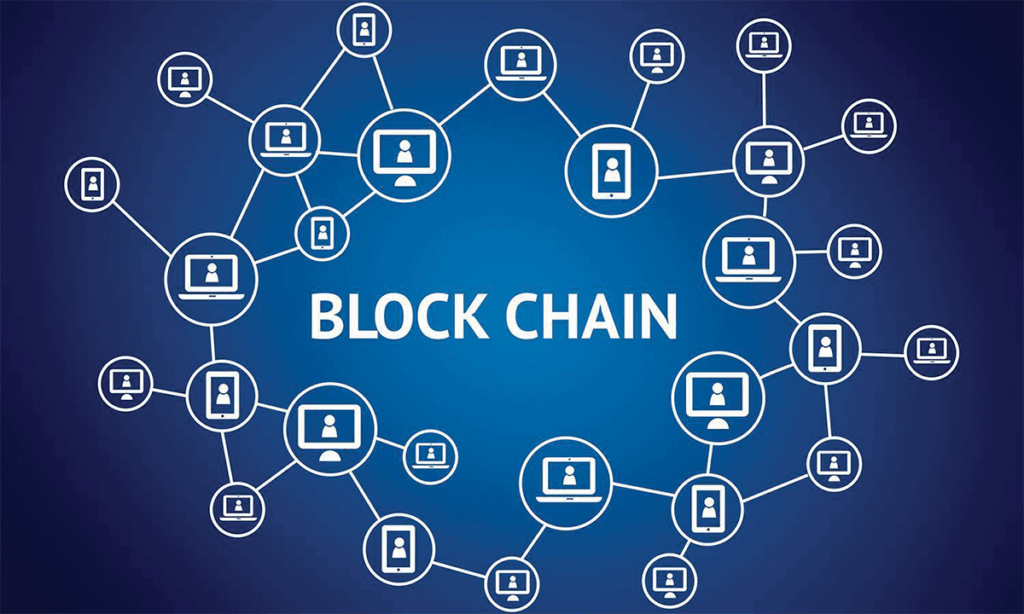
Blockchain stores data without any authority which confirms trust through various means such as cryptographic algorithms. Blockchains Bitcoin and Ethereum are noble examples of cryptocurrencies, as well algorithms based on their transparency and impossibility to alter past changes.
Key Factors for NFT Blockchain Selection
Transaction Speed and Scalability: Faster blockchains mint and transfer NFTs more swiftly.
Gas/Transaction Fees: Accessibility for small creators and collectors increases with lower fees.
Smart Contract Capabilities: Features such as royalties can be included with advanced smart contracts.
Ecosystem and Community Support: A solid user and developer base ensures growth along with marketplace access.
Security and Network Reliability: Stable blockchains without hacks or downtimes are secure in these aspects.
Marketplace Compatibility: Major NFT platforms like OpenSea, Rarible, etc should support the blockchain widely.
Sustainability and Energy Use: These are important for projects concerned with their ecological footprint.
Interoperability: Working with other chains or bridges improves the functionality of NFTs.
Developer Tools and Documentation: NFT projects can be easier to build and launch on good infrastructure.
Long-Term Viability: Look at the community, funding ,and roadmap of the blockchain for longevity assurance.
5 Top Blockchains That Support NFTs in 2025
1.Ethereum
Ethereum takes the lead on blockchains for NFTs as it has the most advanced ecosystem along with sophisticated smart contracts using ERC-721 and ERC-1155 standards. It was the first blockchain to support NFTs, which meant that all of the top creators, developers, and NFT marketplaces including OpenSea moved over to Ethereum.
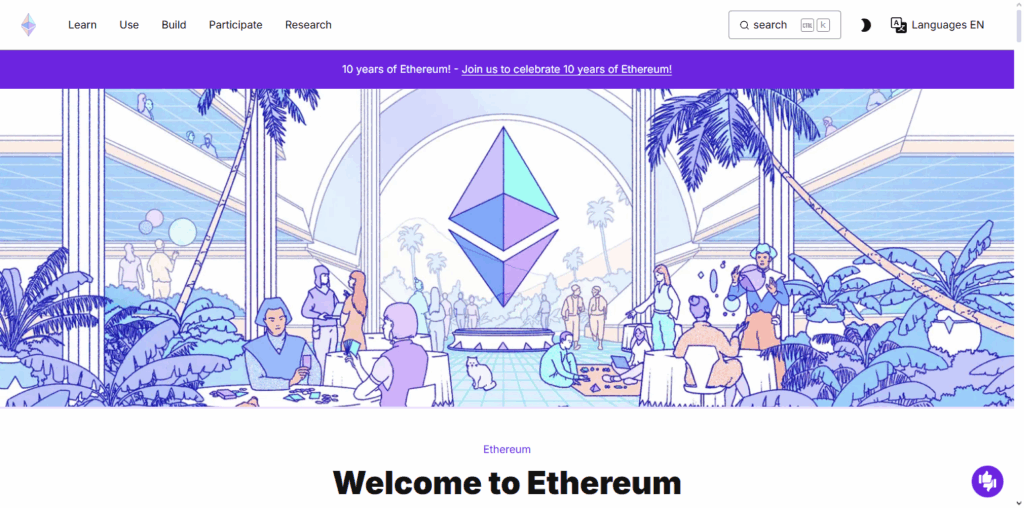
With its wide adoption and constant innovation including upgrades such as Ethereum 2.0, it is still favored for complex and expensive NFT projects, even with high gas fees. Its strong hybrid security also helps bolster trust in the blockchain. Continuous innovation from trusted developers ensures effortless integration throughout Web3 and perpetual advancement.
2.Solana
Because of the blazing speed at which Solana operates and its almost zero fees, it is one of the leading blockchains for NFTs. With Solana’s unique architecture, almost all creators and collectors can easily make and sell NFTs as there are no limits to the number of transactions each second.
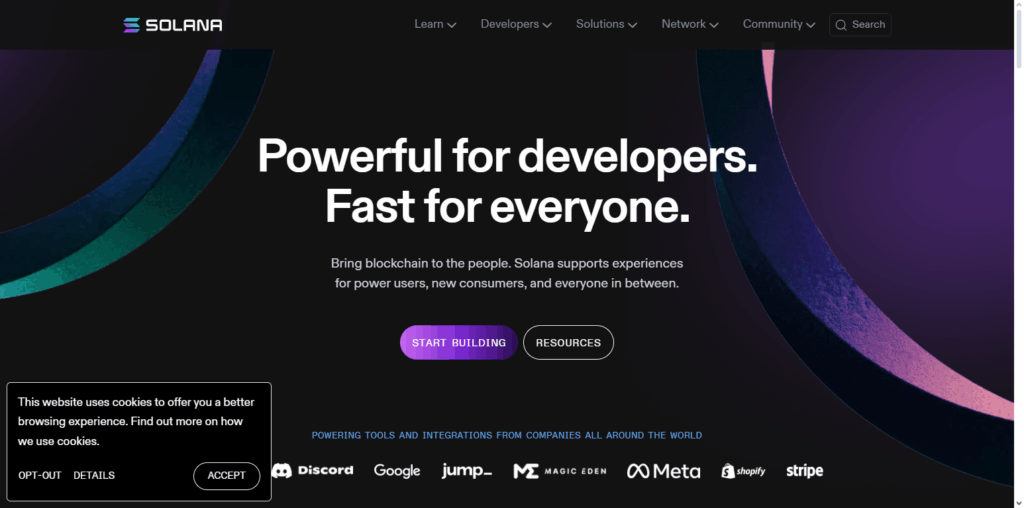
Along with its NFT standard, emerging ecosystems like Magic Eden bolster its value significantly. Seeing how affordable and scalable Solana is, it is bound to shine in 2025 especially with large-scale NFT projects.
3.Polygon
Polygon is one of the leading blockchains for NFTs because it has Ethereum compatibility, much lower transaction costs, and quicker processing times.
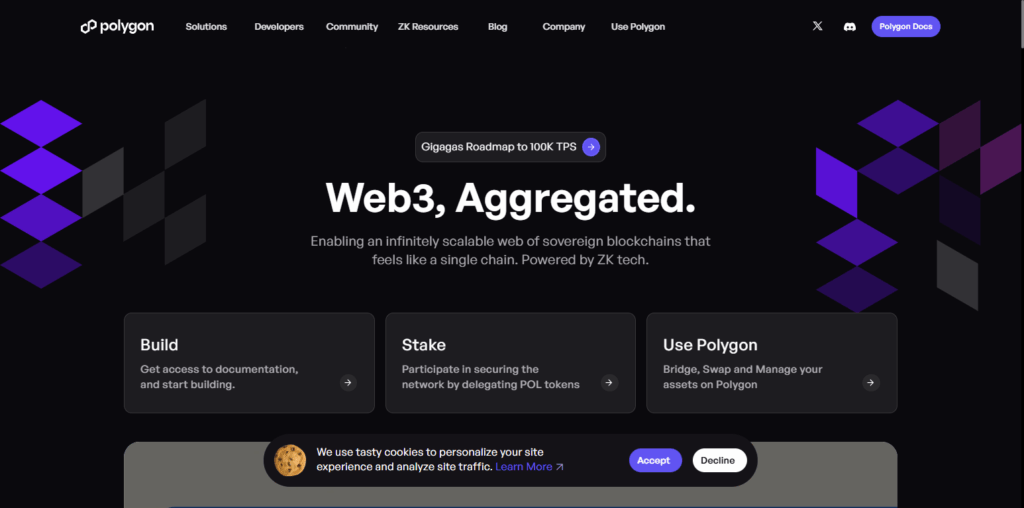
It is great for widespread NFT adoption as creators can expand projects without the cost burdens associated with Ethereum. Its Layer 2 system is compatible with major NFT marketplaces such as OpenSea and also provides connectivity to Ethereum’s expansive ecosystem.
Because of its growing developer community, user base, strong developer tools, and sustainable focus , Polygon stands out as the go-to blockchain NFT projects will be launched on in 2025.
4.BNB Chain
Due to low costs, quick transactions, and the strong support from Binance, BNB Chain is one of the leaders in NFT blockchains. Collectors and creators have a low barrier to entry because of its various NFT marketplaces: Binance NFT, NFTb, among others.
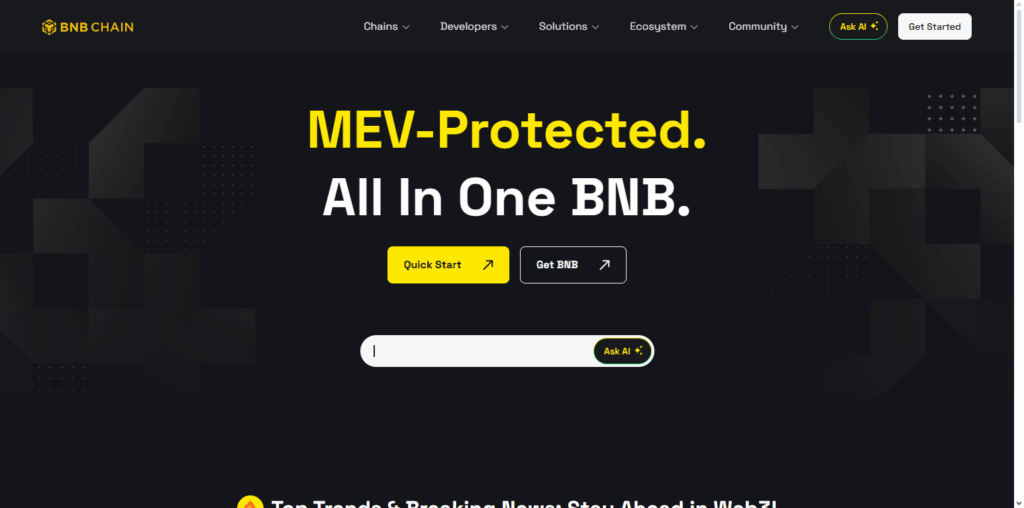
In addition, projects based on Ethereum can seamlessly move to BNB due to its EVM compatibility which makes it cheaper and easier to scale than Ethereum. Given the speed of service paired with the services offered by Binance, BNB gives them a strong strategic edge concerning the growth of NFTs in 2025.
5.Avalanche
Avalanche is emerging as one of the top blockchains for NFTs because of its throughput, low latency, and custom subnets which give flexibility and speed to creators.

It enables near-instant finality which makes minting and trading NFT seamlessly efficient. Avalanche is supporting a growing number of NFT projects and marketplaces especially in gaming, digital collectibles, and arts.
The eco-friendly consensus makes it more powerful while still allowing interoperability with Ethereum though the Avalanche Bridge enhances accessibility making it a potent platform for the next gen NFT ecosystems in 2025.
Conclusion
Come 2025, the NFT ecosystem will still flourish across several blockchains that each have different strengths. With the most developed infrastructure, Ethereum is still the industry standard. Solana and Polygon offer speed and affordability which are crucial for mass adoption;
BNB Chain and Avalanche has strong ecosystems and offers scalability which is great for both creators and developers. Newer platforms like Immutable X, Aptos, and Flow are innovating niches, pursuing emerging areas of innovation. The ideal blockchain to use still relies on your project’s goals, audience, budget and preferences.



